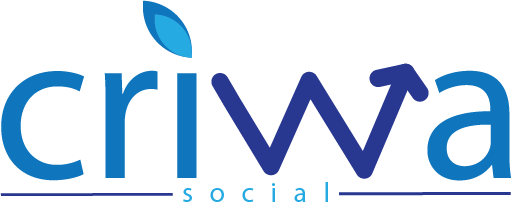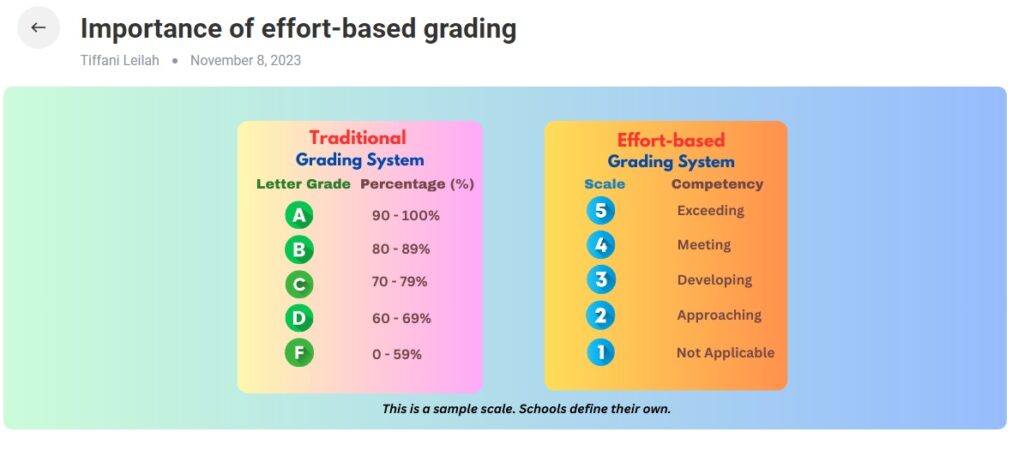In the realm of education, teachers are the architects of knowledge, shaping the academic journey of their students. To facilitate effective teaching and student progress tracking, gradebooks have emerged as indispensable tools for educators. The importance of using a Gradebook goes beyond merely recording scores; it plays a pivotal role in fostering a transparent, organized, and data-driven approach to education. In this article, we will explore the multifaceted significance of gradebooks in enhancing the teaching and learning experience.
- Accurate Assessment and Evaluation:
A gradebook serves as a systematic repository for recording student performance in assessments, assignments, and examinations. It allows teachers to meticulously document each student’s achievements, providing a comprehensive view of their academic progress. This accurate assessment and evaluation enable teachers to gauge individual strengths and weaknesses, guiding instructional decisions tailored to each student’s needs.
- Data-Driven Decision Making:
Gradebooks empower educators with data-driven insights into student performance trends. By analyzing the data stored in a gradebook, teachers can identify patterns, areas of improvement, and overall class performance. This data-driven decision-making process allows for the adjustment of teaching strategies, the identification of topics that may require additional attention, and the implementation of targeted interventions to support struggling students.
- Transparent Communication:
One of the key benefits of using a gradebook is the transparency it brings to the communication between teachers, students, and parents. Through online portals or regular updates, teachers can share real-time information about grades, assignments, and progress. This transparency fosters a collaborative environment where students and parents are actively engaged in the educational process, creating a partnership focused on student success.
- Efficient Record-Keeping:
Traditionally, teachers relied on manual record-keeping methods, such as handwritten gradebooks, which were susceptible to errors and time-consuming. Modern electronic gradebooks, including those integrated into educational management systems, offer efficient record-keeping solutions. Teachers can easily input, update, and retrieve student information, saving valuable time and ensuring accuracy in grade management.
- Individualized Feedback:
A gradebook serves as a platform for providing timely and individualized feedback to students. Teachers can offer constructive comments on assignments, highlight areas for improvement, and acknowledge achievements. This personalized feedback not only informs students about their progress but also motivates them to actively participate in their own learning journey.
- Supporting Differentiated Instruction:
Understanding the diverse needs of students is a cornerstone of effective teaching. Gradebooks assist teachers in implementing differentiated instruction strategies by highlighting variations in student performance. Armed with this information, educators can tailor their teaching methods, offer additional resources to struggling students, and provide enrichment opportunities for those excelling in certain areas.
- Facilitating Parental Involvement:
Parents play a crucial role in a student’s academic success, and gradebooks provide a direct channel for parental involvement. By granting parents access to their child’s grades and performance metrics, teachers encourage a collaborative partnership that extends beyond the classroom. This open communication fosters a supportive home environment, reinforcing the importance of education and shared responsibility for student achievement.
- Alignment with Curriculum Objectives:
Gradebooks serve as a central hub for aligning instructional practices with curriculum objectives. By documenting student performance against predetermined learning outcomes, teachers can assess the effectiveness of their teaching methods and make necessary adjustments to ensure that educational goals are met. This alignment is essential for maintaining the integrity and coherence of the curriculum.
- Preparation for Future Assessments:
Continuous assessment is a fundamental aspect of the educational process. Gradebooks not only record past performance but also serve as a guide for future assessments. Teachers can use the data in gradebooks to identify topics that require reinforcement, enabling them to design targeted review sessions and interventions to ensure students are adequately prepared for upcoming assessments.
Conclusion
In the ever-evolving landscape of education, the role of teachers extends beyond the classroom, encompassing the multifaceted responsibilities of assessment, guidance, and mentorship. Gradebooks emerge as indispensable allies in this journey, providing a structured framework for effective assessment, data-driven decision-making, and transparent communication. As technology continues to advance, the integration of electronic gradebooks, particularly within comprehensive educational management systems, further enhances the efficiency and accessibility of this essential tool. By recognizing and embracing the importance of using a gradebook, educators can optimize their teaching practices, empower students to reach their full potential, and foster a collaborative educational environment focused on continuous improvement.


